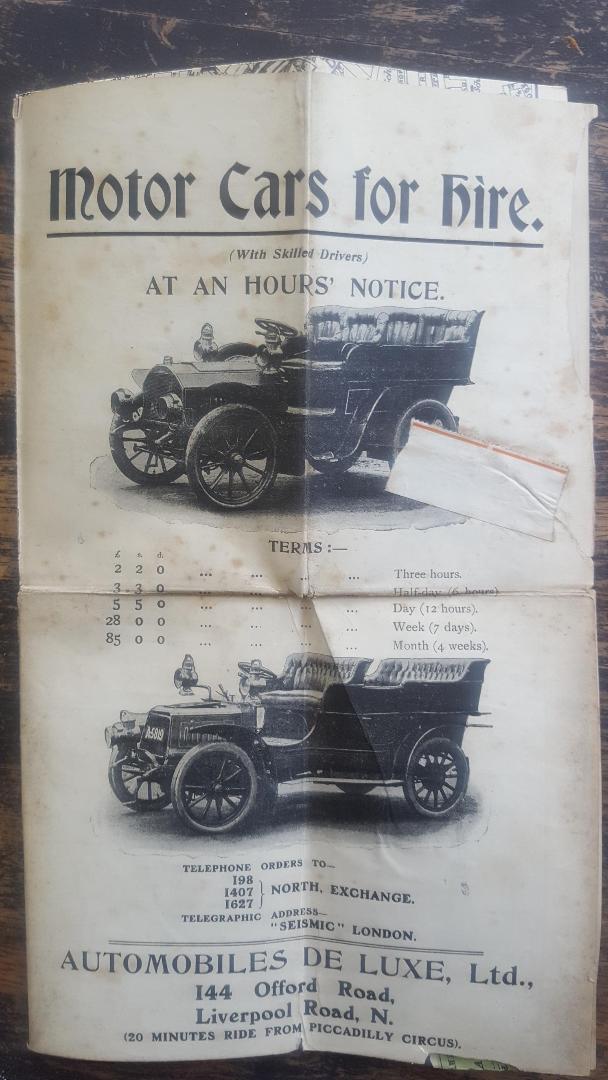
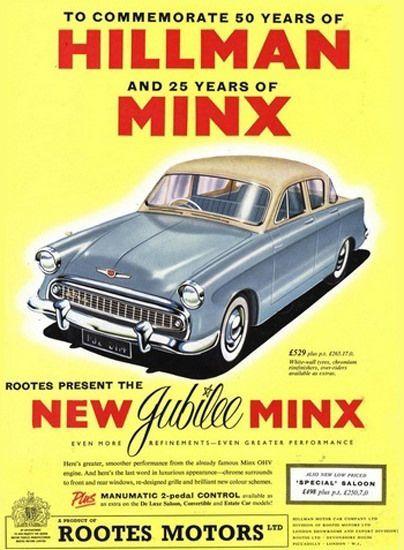

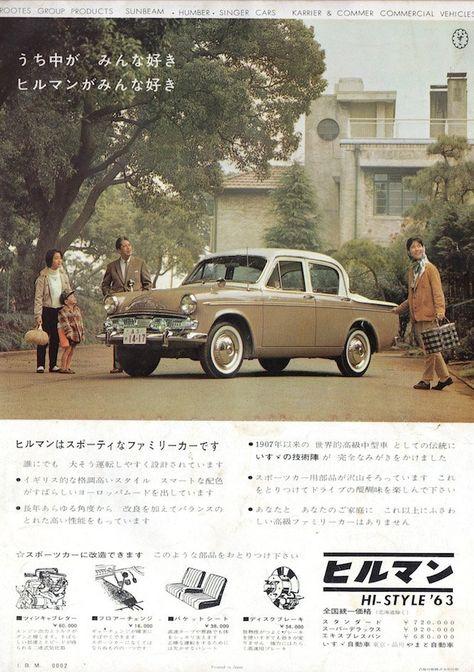
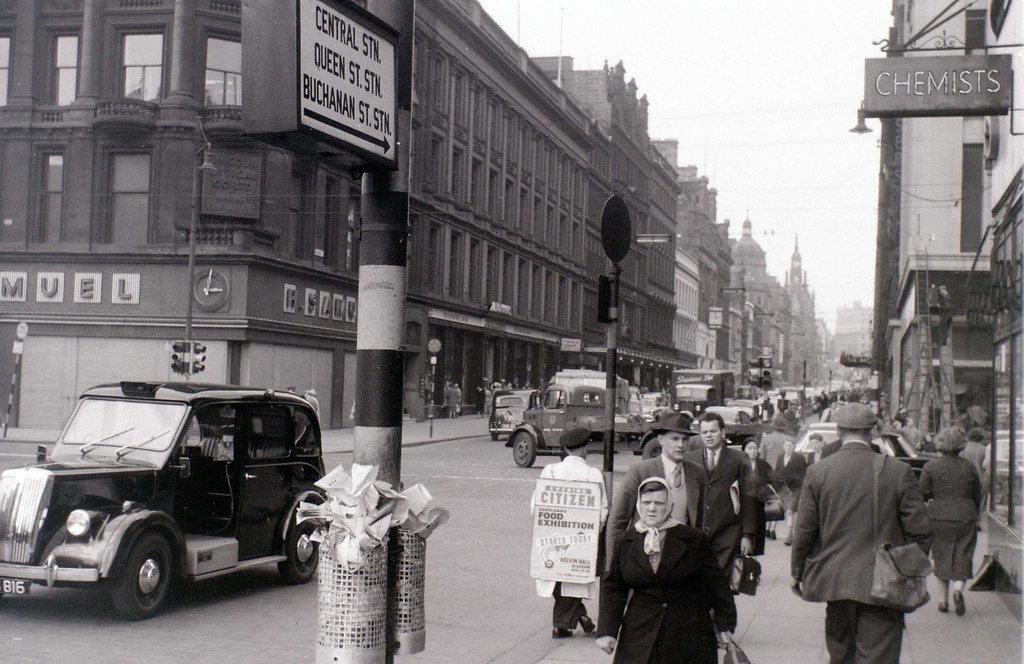
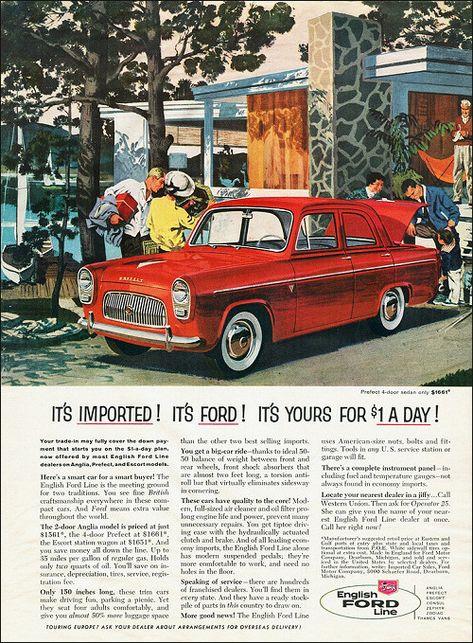



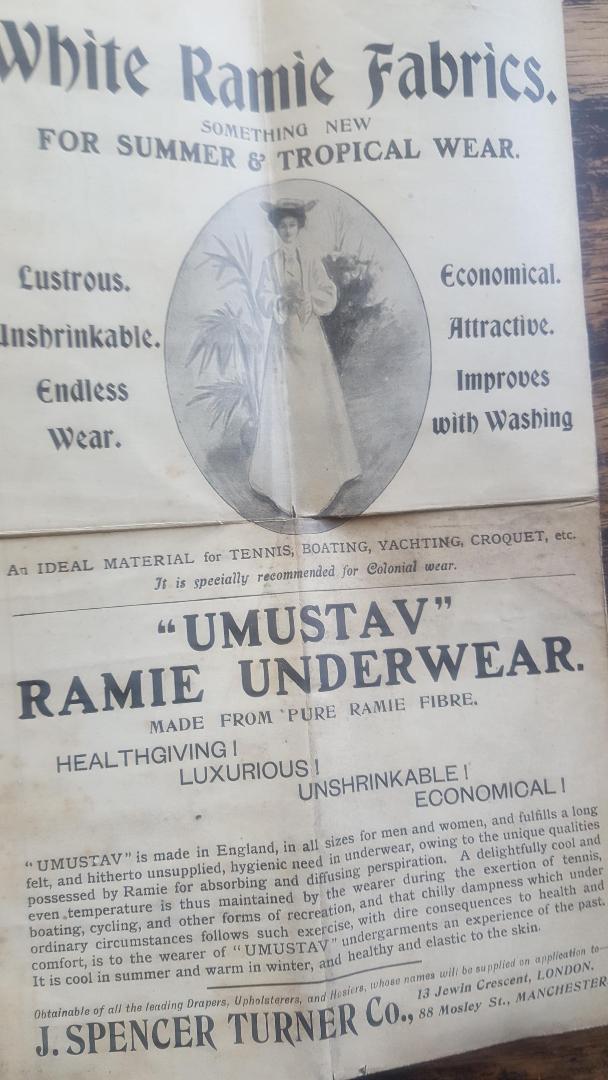
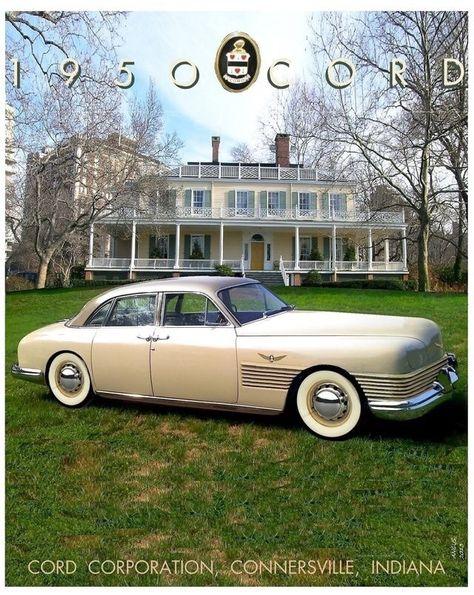
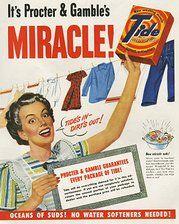
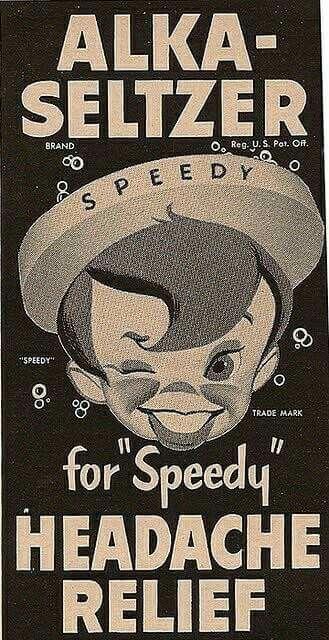
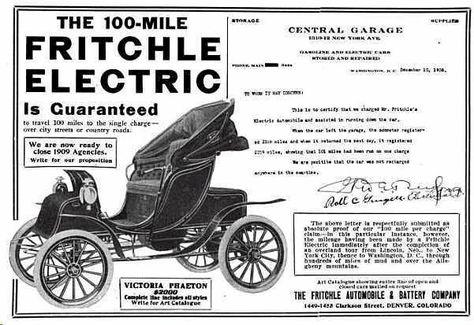
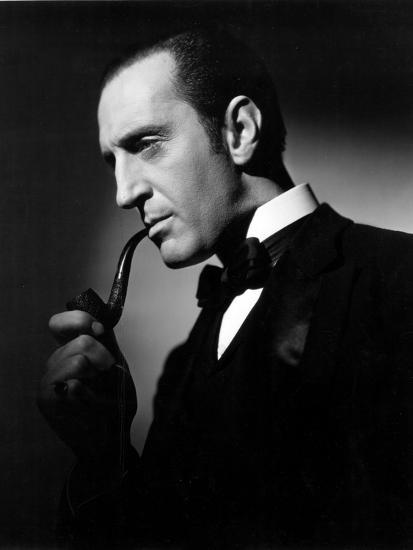

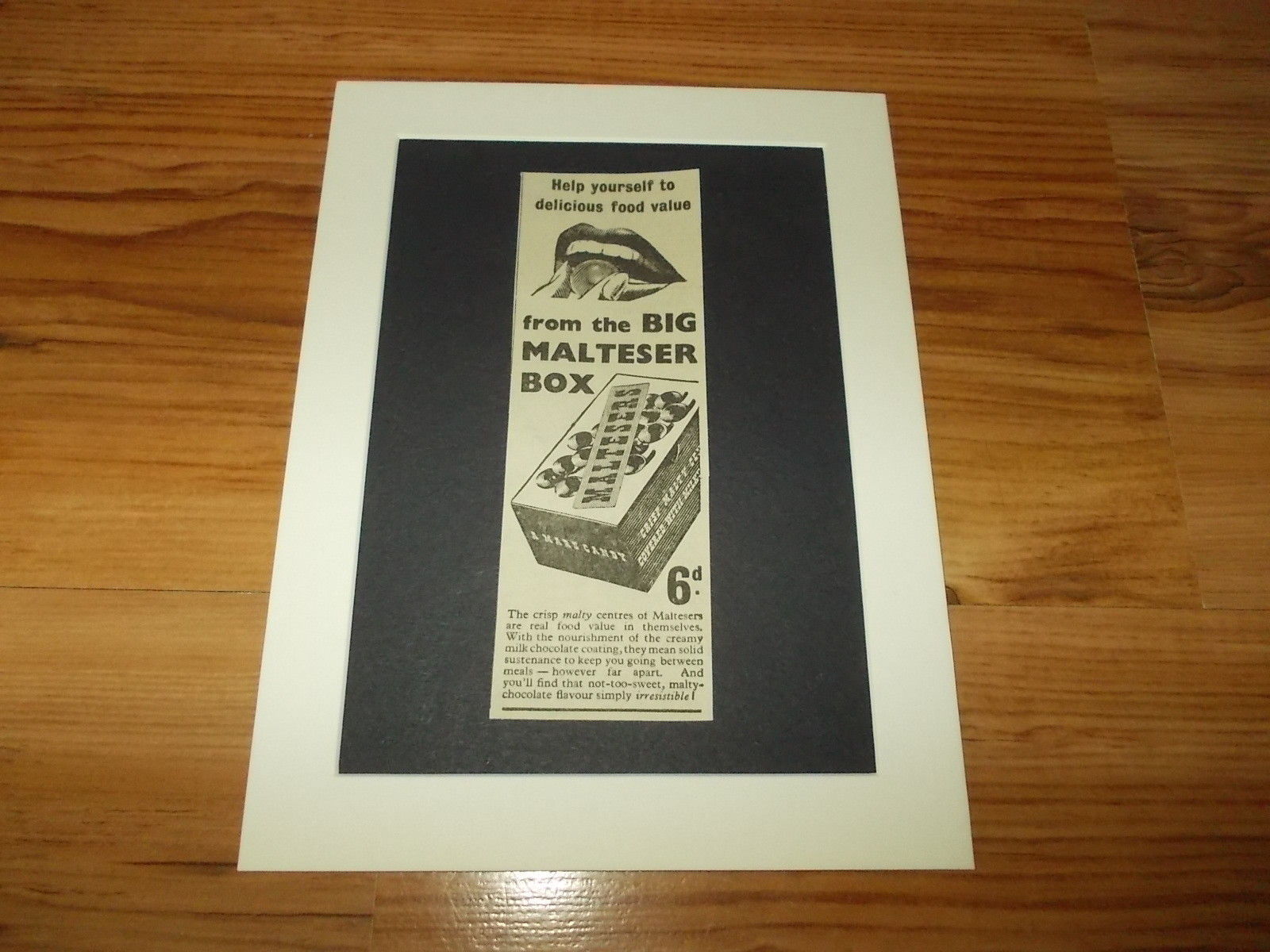
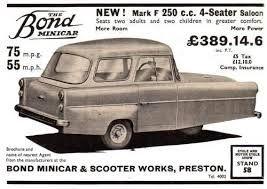


Thanks to John and Dave.




















Thanks to John and Dave.
I cost nothing to run so donate to https://www.broadcastingscotland.scot/donate/
The bilingual blog about all things British
Love, theatre and ideas
British Wildlife & Photography
Why Scotland should be an independent country
Thoughts about Scotland & the world, from a new Scot
Bipartisan dialogue for the politically engaged
Impartial Everytime Always
We Provide The Facts, You Make The Decisions
Exploring Rhymes, Reasons, and Nuances of Our World
Mark Doran's Music Blog
Songwriter / Guitarist
This site supports Scottish Independence
A comic about history and stuff by FT
The embittered mumblings of a serial malcontent.
an irreverent look at UK politics
Exploring the Depths of Curiosity
Nature + Health
http://netbij.com
Movies, politics, comedy and more...
Pic No 8 – Olivia Newton John, I think. Pic 16 – an Embra tram at Trinity Bridge, Granton (1950s)- back when Embra knew how to run trams (don’t get upset, Conan, Glesca cannae even run them at a’ noo-a-days). 2nd last pic – Gresley A4 Pacific “Bittern” (BR loco no. 60019) – Aberdeen station, 1960s?
LikeLiked by 2 people
Perfect as ever, Andi!
LikeLike
At first glance, I thought the loco was at Aberdeen Joint Station. But I am struggling to recognise any building, although they appear to be granite. Any other candidate?
LikeLiked by 1 person
It is Aberdeen, Dave.
LikeLike
PS Olivia Newton, John it is.
LikeLike
white ramie fabrics.
Is that something you would wear on a stairhead?
LikeLiked by 4 people
LOL. I had no idea what ramie was…
https://www.quora.com/What-is-ramie-and-what-is-the-specialty-of-this-fabric
LikeLiked by 1 person
You always learn new things on Munguin’s NR.
I too had no idea what ramie fabric is. Imagine making cloth out of something with “nettle” in its name. In some respects similar to linen. (Wiki says “linens” are not always made from linen.)
The old Tide ad could be as early as the late 1940’s. Wiki says that Tide was first introduced and widely test marketed in the US in 1946 as the world’s first heavy-duty detergent, suitable for automatic machine washing in hard water.
I once thought that automatic washers and dryers of the type in the Kenmore ad were the norm everywhere. But I have information from a distant cousin who has taken up residence in an apartment (which she insists on calling a “flat”) in the London area. She has a washer and dryer which are combined into one unit. I later found that such washer and dryer combos are also marketed in the States and can be found in places where housing is expensive and apartments are small….such as New York City.
LikeLiked by 1 person
Most housing in the UK is small by US standards, Danny.
Indeed most is small by European standards. I read somewhere that the Uk has the smallest houses in the continent..
Another proud boast!
But yes, washer driers are a boon to those with kitchens only slightly larger than pocket handkerchiefs!
Munguin is thinking of relabelling the blog and Munguins Encyclopaedia as a result of your comment.
Please try to dissuade him, otherwise people might expect facts on here instead of conjecture!
LikeLiked by 1 person
I’ll not mention the encyclopedia idea. 😉
LikeLike
🙂
LikeLike
Umustav, just right for our colonial master race.
Ideal for croquet, yachting and cricket.
The Glasgow stairheid rammy wear company, great spot.
The taxi in the Glasgow picture is a Beardmore.
LikeLiked by 1 person
The street sign in Glasgow suggests it is near St Enoch station.
LikeLiked by 1 person
Yes. It is from StEnoch Square looking north up Buchanan St, long before pedestrianisation.
LikeLiked by 1 person
Would you reckon 1950s, Alasdair?
LikeLike
I am pretty sure it is 1950s.
I can remember seeing the sign to the other stations. Buchanan St Station did not close until 1966, but judging by the attire of the pedestrians, it looks pre-1960s, when people were a bit more colourfully dressed and skirts were getting shorter.
The sandwich board man is advertising the Evening Citizen, which did not shut down until 1974, but the street had been pedestrianised by then.
The square clock midway up Buchanan St on the left was the Outram offices, which was where the Glasgow (as it then was) Herald and Evening Times were based.
LikeLiked by 1 person
Yep… clothes suggest 50s too, Id say.
LikeLike
Seems I’ve been too long in Eastern Europe. When I came across the ad – on the back of a very old London street map – I read it as ‘oo-moo-stav’ and wondered why an English company would adopt such a Slavic-sounding trade name, especially a century (or longer) ago,with no obvious translation I could think if. Only now realised it was early text-speak for ‘you must have’!
LikeLiked by 1 person
LOL… Bulgarian getting to you, John?
I remember coming back form an extended stay in France and seeing “sale” in big letters across a shop window, and my first thought was “dirty”? Why would they have a poster saying “dirty” in their window, till I remembered I was back in Scotland!
LikeLiked by 1 person
3 of the pics don’t show for me including, I guess, the Glasgow one 😦
LikeLike
Oh, sorry about that, andi… Anyone else having problems?
LikeLiked by 1 person
Not your fault, Tris – I think my PC’s boilers need a de-coke 🙂
LikeLiked by 1 person
LOL. Get to it …
LikeLike
Tris…..All the pics OK at my location!
LikeLiked by 1 person
Cool, Danny.
LikeLiked by 1 person
Picture 1.
Edwardian cars.
Possibly the top one is a Darracq.
The lower one very hard to identify as details are not clear but would guess a Sunbeam.
In that period the radiator design is becoming the Trade Mark identity but cars were being built on licence, lots are French designs.
Maybe someone a bit older will correct. Not my era to be certain.
Love the idea the english cars were sold to Japan after the war and marketed as luxury, they certainly sorted out the quality issues when they then sent theirs over to Europe.
Fully functioning heaters and radio built in, not extras.
LikeLiked by 1 person
Hard to imagine a car without a radio or heater lol
LikeLike
The original Mini in 1959 had the heater as an optional extra. Couldn’t have sold many without it, I would have thought. As for a radio, that was something you listened to at home after waiting 5 minutes for the valves to warm up….
LikeLiked by 1 person
Can’t imagine how you managed without a heater on a frosty morning. every time you breathed the windscreen wold freeze.
I could do without a radio in the car though.
LikeLike
Japan didn’t import cars in the first decades after WW2, citing lack of foreign reserves, but built western designs under licence. Nissan built Austins and Isuzu built the Hillman Minx from 1953 till 1962. The 1963 car in the advert was probably one of a handful imported and used for comparative analysis, being completely stripped to its last nut and bolt to see how the whole package works and what ideas could be incorporated into domestic designs. Note that Hillman does not appear in the strap across the top of the page but the more up-market marques, so the model here was probably a Singer Gazelle or Sunbeam Rapier designed for the Japanese market.
LikeLiked by 1 person
Adopt, adapt, improve!
LikeLike
Singer Gazelle most likely as the only difference was the radiator grill and the instruments.
Yes forgot they had little or no foreign currency to buy cars in quantity.
The Nissan Company still made the Austin Seven Ruby style car carried over from before the war. They made A40s under licence, the 1970’s cars still used their version of the A series engine, in fact the gearbox from the 120Y model fits directly onto the Morris Minor engine, giving a 5 speed gearbox instead of a 4 speed. They moved the distributer drive forward to a more easily reached position.
Wonder if they imported the bright work until they got into production.
The policy was to get their steel works up and running quickly as that industry is a feeder into jobs in manufacture. A lesson our current mob seem to have missed the lesson on., letting BS be sold to Tata and then onward to another company.
Now the Chinese control the price of steel by being able to sell it where they will. What tariffs?
LikeLiked by 1 person
The UK seems always to make the wrong decisions on just about everything, Dave
LikeLike
Is the building with the horse and cart Dundee Sheriff Court?
LikeLiked by 1 person
It really looks like it, Jutie, but, in fact, it is Airdrie!
LikeLike
Ahh the Hillman Minx. Dad always drove one and I have happy memories of Sunday drives around Fife. I was looking at a convertible one recently on a classic car website. It’s still a good looking car, but I’d never want to push one, they’re built like tanks.
LikeLiked by 1 person
I had a great uncle who always had Hillmans. He absolutely swore by them. Very reliable (for the time, I guess).
LikeLike
o/t if you are in Dundee and looking for something to do, Nigel Farage is holding a rally there in Dundee. Aye that will go well.
https://www.thecourier.co.uk/fp/news/local/dundee/938404/brexit-party-leader-nigel-farage-to-hold-rally-in-dundee/?utm_source=dlvr.it&utm_medium=twitter
LikeLiked by 2 people
We are looking forward to it, PP.
I’m sure he’ll get a nice warm Scottish welcome.
LikeLiked by 1 person
Methinks a court appearance will be worth smacking him in the pus. :-}
LikeLiked by 2 people
LOL LOL. no milk shakes, Jutie.
LikeLike
Reminds me that Nigel was well received in Mississippi in 2016 when he appeared with Trumpy at a rally during the presidential campaign. The only problem was the part of the speech that after a great buildup made a reference to Brussels. (Bureaucrats in Brussels as I recall.) The crowd was supposed to erupt in a chorus of boos, but in fact seemed mostly undecided about what exactly they were supposed to do. It came out about 50-50 boos and cheers for Brussels. Nigel had seriously overestimated the knowledge and intelligence of a bunch of Trump-worshiping Mississippi rednecks wearing red caps and T-shirts with “make America great again” printed on them.
LikeLiked by 1 person
Bless him, Nigel idolises Trump.
If I can I shall certainly go along to this rally and boo loudly, which is about as far I go in the world of protest.
LikeLiked by 1 person
And you’ll get it right about WHEN to boo. Unlike the Trump crowd in Mississippi. 🙂
LikeLiked by 1 person
I’m not sure I could cope with a Mississippi Trump crowd!
LikeLiked by 1 person
Basil Rathbone and “Speedy” Alka-Seltzer:
Basil Rathbone was the very best Sherlock Holmes IMHO. I never cared for the popular Jeremy Brett impersonation of an arrogant and irascible Holmes, which the critics fawned over as being truer to the books and stories. If that’s true, then Conan Doyle simply wrote it wrong. Basil Rathbone IS Sherlock Holmes!
Rathbone played a large variety of characters, including swashbuckling roles where he displayed his genuine skill with a sword.
“Speedy” appeared in a series TV commercials with the famous comic actor Buster Keaton. Keaton’s career spanned almost 70 years, from vaudeville to television. He was one of the greatest film stars of the silent era.
LikeLike
“If that’s true, then Conan Doyle simply wrote it wrong. ”
Love it! 🙂
LikeLiked by 1 person
That clip, I’ve seen before. Is that Danny Kaye and a young Angela Lansbury?
LikeLiked by 1 person
PS, Speedy’s a cool guy, but Aka Seltzer has aspirin in it, and too much of it will give you stomach ulcers!
LikeLiked by 1 person
I had a pal at school who could do – and often did – impersonations of Speedy and, was immediately nicknamed Speedy by all of us. The name stuck and he was addressed and identified by this name for many years thereafter, much to his chagrin, when he had put aside childish things, often urging us to desist, but being the kind of heartless sods we were we continued to do so. Indeed, fairly recently, at the funeral of another schoolmate as we septuagenarians mourned and reminisced we automatically referred to our classmate as ‘Speedy’.
PS Being Glaswegians, we, of course, did not use Alka Seltzer to treat hangovers – we used Irn Bru.
LikeLiked by 2 people
Alasdair Macdonald………….Great story! I had no idea that Speedy was an international television commercial star. 😉
LikeLiked by 1 person
A much more sensible cure, Alasdair! No aspirin in that!
Yes, it’s funny how nick names stick, long after they are appropriate!”
Kinda nice too.
LikeLike
He went on to achieve a fair amount of national and international renown and awards in his field, so, in these contexts we used the name his mammy gi’ed him He was a friend and there was no way we were going to embarrass him publicly. We were pretty proud of him and enjoyed the reflected glory!
LikeLiked by 1 person
That’s rather nice, Alasdair.
LikeLike
Yes, that’s a clip from”The Court Jester”, a 1956 film from Paramount….now generally considered Danny Kaye’s best comedy film, although it had limited commercial success at the time. The Robin Hood themed farce had a cast of major stars including Basil Rathbone as the evil sheriff and Angela Lansbury in the role of daughter to the corrupt king. Kaye and Lansbury played a funny scene using the running gag of a finger snap that transformed him between a cowardly simpleton and a dashing hero. Kaye’s fleeting spot-on facial expressions are wonderful comic acting, such as the way he suddenly averts his eyes when she “hides” the key. 🙂
LikeLiked by 1 person
I don’t understand how there could be an ad for a 1950 model Cord.
Wiki says:
“Cord was the brand name of an American luxury automobile company from Connersville, Indiana, manufactured by the Auburn Automobile Company from 1929 to 1932 and again in 1936 and 1937.
In 1937, Auburn ceased production of the Cord.”
I can’t Google up any internet references to a Cord later than a single 1938 prototype.
https://en.wikipedia.org/wiki/Cord_(automobile)
LikeLike
Interesting, Danny.
Dave sent that pic, as it happens, marking for you. Maybe he has an answer?
LikeLiked by 1 person
Electric cars with a 100 mile range in 1908 – and they say conspiracy theories are for losers – ha ha ha etc….
LikeLiked by 1 person
Smart huh?
LikeLike